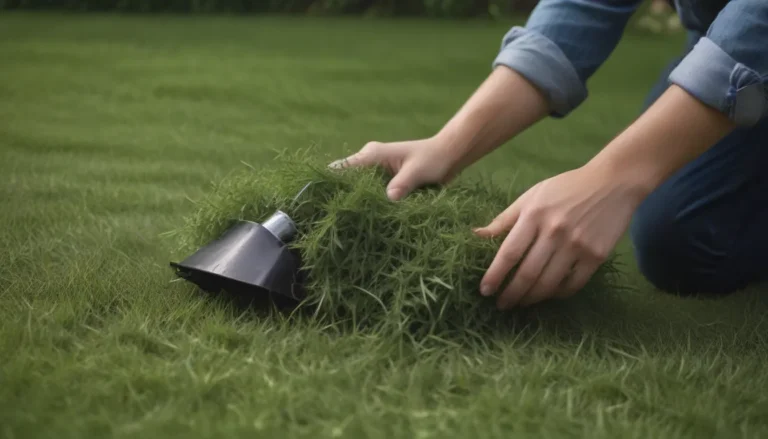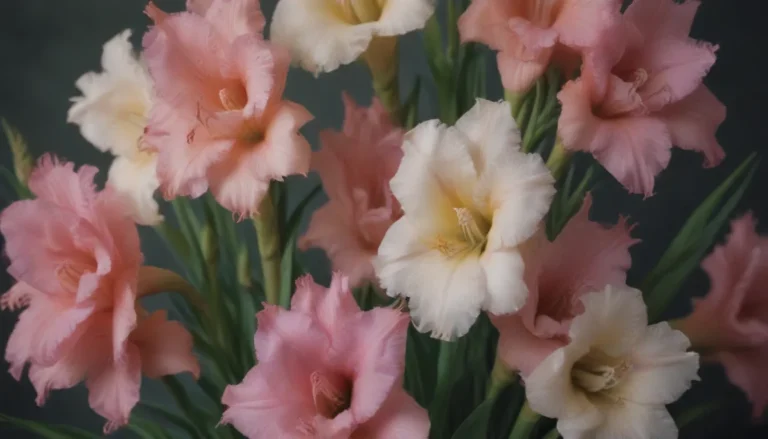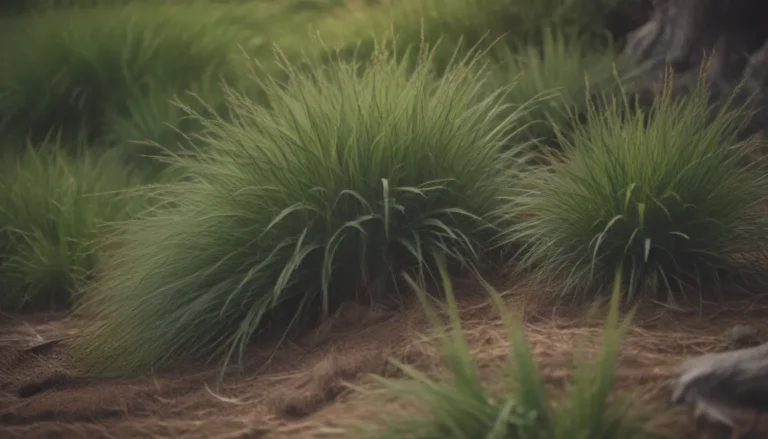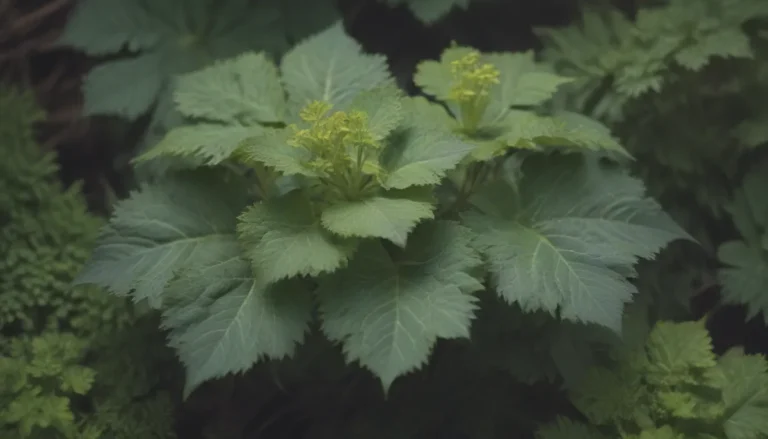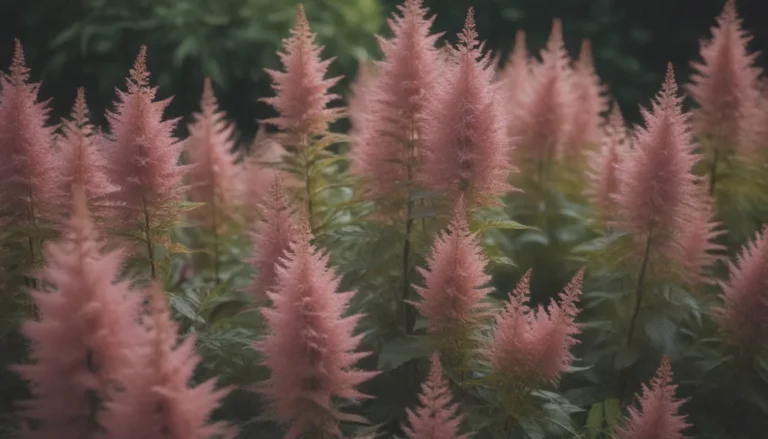A Complete Guide to Growing and Caring for Yarrow Plants

Yarrow, a charming member of the aster family, is a versatile plant with a wide range of uses. From its attractive appearance to its medicinal properties, yarrow is a popular choice for many gardeners. In this comprehensive guide, we will explore everything you need to know about growing and caring for yarrow plants to ensure they thrive in your garden.
Introduction to Yarrow Plants
Yarrow is a medium-sized plant known for its feathery foliage and flattened flower clusters. It belongs to the aster family and is related to well-known landscape plants like Coreopsis and Gerbera Daisy. Yarrow comes in a variety of colors and is known for its pleasant fragrance when the foliage is bruised. This long-blooming perennial is a favorite for butterfly gardens, as an edging plant, and in rock gardens. Its medicinal applications have earned it the alternate common name “woundwort.”
Identifying Yarrow
Before you start growing yarrow in your garden, it’s essential to know how to identify this versatile plant. Look for its distinct feathery foliage and flattened flower clusters that come in various colors. The pleasant odor released when the foliage is bruised is a characteristic feature of yarrow.
Warning: Toxicity to Animals
It’s important to note that yarrow is toxic to cats, dogs, and horses. If you have these animals in your yard, ensure that your yarrow plants are inaccessible to them to prevent accidental ingestion.
Yarrow Plant Care
Yarrow is a hardy plant that thrives across much of the United States, except in extreme climates. It has a tendency to spread by rhizomes and may even naturalize in your yard. Before planting yarrow, consider whether you are comfortable with having multiple plants in your space.
Light
- Yarrow thrives in full sun to maintain its compact form, encourage optimal blooming, and deter fungal attacks.
Soil
- Good drainage is essential for yarrow plants. While they can tolerate clay soil, they prefer well-drained soil for optimal growth. Yarrow flourishes in various soil types and is not a heavy feeder.
Water
- Once established, yarrow is drought-tolerant. Avoid overwatering to prevent fungal diseases, especially in humid conditions.
Temperature and Humidity
- Yarrow is cold-hardy and can tolerate a wide range of weather conditions. However, it may succumb to humidity and fungal diseases in hot, humid climates.
Fertilizer
- Yarrow plants do not require high soil fertility. An annual dose of compost in the spring can invigorate the plant, but excessive fertilizer may lead to uncontrolled spreading.
Types of Yarrow
There are several cultivars of yarrow that can be grown in zones 3 to 9. Choose from a variety of colors and forms to suit your garden aesthetic.
Trimming Yarrow
To maintain a compact size and prevent flopping, trim yarrow plants as needed, especially in hot, humid climates where they may become leggy.
Propagating Yarrow
Yarrow’s natural tendency to spread makes propagation easy. Simply divide your plants in the spring or purchase starts from a local garden center. Growing yarrow from seed is another option for propagation.
How to Grow Yarrow From Seed
- Sow yarrow seeds indoors in early spring for an early start to the growing season. Alternatively, sow seeds outdoors after the last frost date for fall blooms.
Overwintering
In late fall, trim yarrow back to its basal leaves to promote healthy growth. Mulch around the plant to protect the roots during the winter, especially in colder zones.
Disease Problems for Yarrow
Yarrow plants are generally resistant to animal pests but may be susceptible to fungal diseases like stem rot and powdery mildew. Prevention is key to managing these diseases effectively.
Stem Rot and Powdery Mildew
- Monitor yarrow plants for signs of stem rot or powdery mildew, and take preventive measures to control these fungal diseases.
How to Get Yarrow to Bloom
If your yarrow plants are not blooming, focus on proper care rather than excessive fertilization. Yarrow blooms best in poor soil and should not require heavy feeding. Deadhead spent flowers to promote continuous blooming throughout the season.
In conclusion, yarrow plants are a beautiful addition to any garden, offering not only aesthetic appeal but also medicinal and practical uses. By following the guidelines outlined in this article, you can grow and care for yarrow plants successfully, ensuring they thrive in your garden for years to come. Happy gardening!
